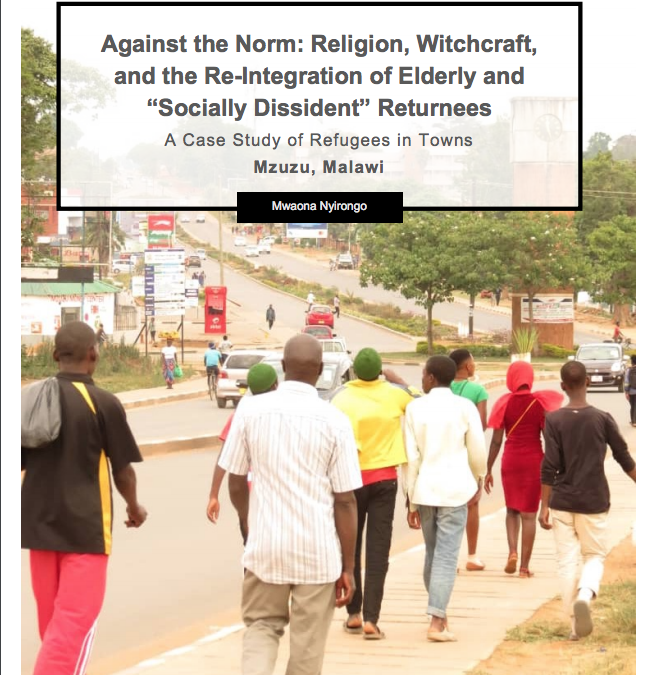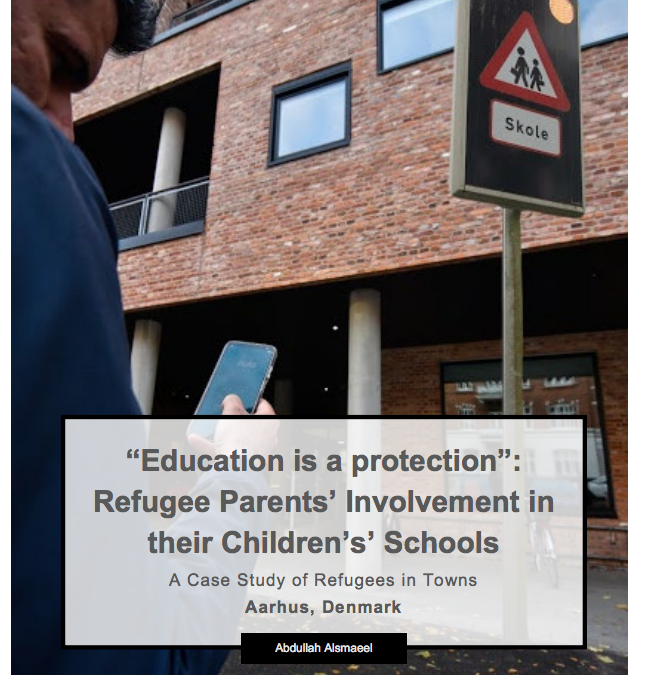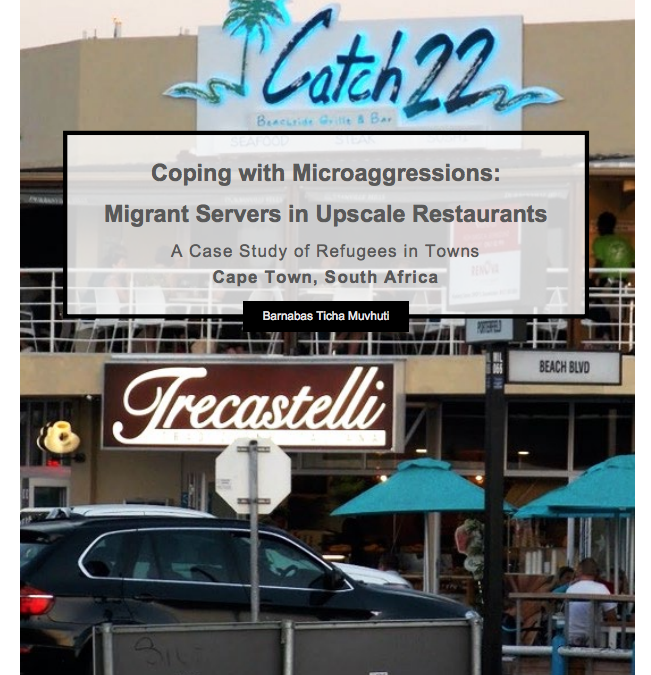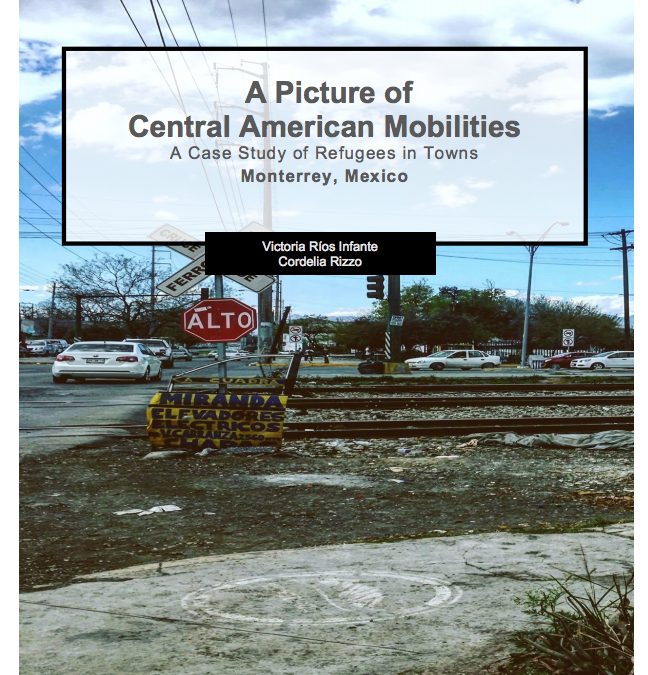


“Education is a protection”: Refugee Parents’ Involvement in their Children’s Schools
In this case report, Abdullah Alsmaeel writes about the difficulties refugee parents face in being involved in their children’s education, from interacting with teachers to openly hostile Danish policies towards refugees. It is difficult to raise children in a new...
Integration Concerns of Parents about Syrian Children
In this case report, Zahed Mukayed, a Syrian refugee living in Istanbul, and Ezgi Irgil, a Turkish PhD student living in Sweden, discuss their research with Syrian refugees in Ezgi’s hometown of Bursa. They argue that a lack of Turkish government action on settlement...
Coping with Microaggressions: Migrant Servers in Upscale Restaurants
Barnabas Ticha Muvhuti discusses the microaggressions that foreign restaurant servers face in their workplaces in South Africa and how they learn to cope with them. Most African migrants living in South Africa have seen or experienced xenophobic attacks in the...
A Picture of Central American Mobilities
In this case report, Victoria Ríos Infante and Cordelia Rizzo, who grew up in Monterrey, Mexico, explore how their neighborhoods have been transformed as a home to migrants from across Central America.
